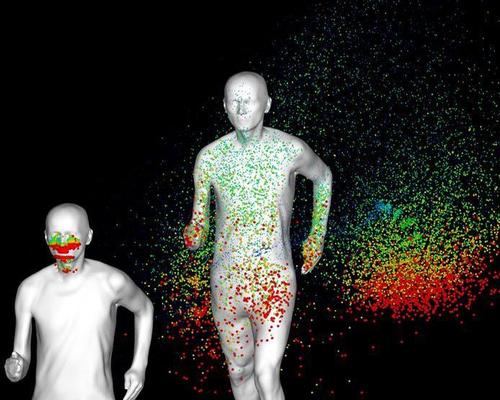09 Apr 2020
New COVID-19 distancing guidelines suggested for runners and cyclists
BY Liz Terry

Social distancing measures for runners and cyclists need to be greater than for people walking, because of the effects of slipstream, according to a study by the Katholieke Universiteit Leuven and Eindhoven University of Technology.
Bert Blocken, professor of civil engineering at KU Leuven and a specialist in urban physics, wind engineering and sports aerodynamics is recommending new distancing guidelines for outdoor activities and sports.
Researchers simulated the movement of COVID-19 particles by redeploying methods used to improve the performance of athletes using slipstream.
But while slipstreams help athletes run faster, when it comes to COVID-19, the effect is not so desirable.
When someone breathes, sneezes or coughs while running or cycling, particles stay behind them in the air and anyone running or cycling behind them goes through a cloud of these droplets.
Researchers' recommendation is to stay out of slipstreams, with distancing of 4-5 metres for runners, 10 metres for slow cyclists and 20 metres for fast cyclists.
“People who sneeze or cough spread droplets with a bigger force, but also people who just breathe will leave particles behind”, said Blocken. "The biggest particles create the highest chance of contamination – although they fall down faster, when running through a cloud of them, they still can land on your clothing,” he said.
When it comes to cyclists passing each other, the advice is for this to be done at a 'considerable distance' of at least 20 metres and in a different lane
"The message is, keep on exercising, but stay out of slipstreams," said Blocken.
Read the white paper here
Close Window